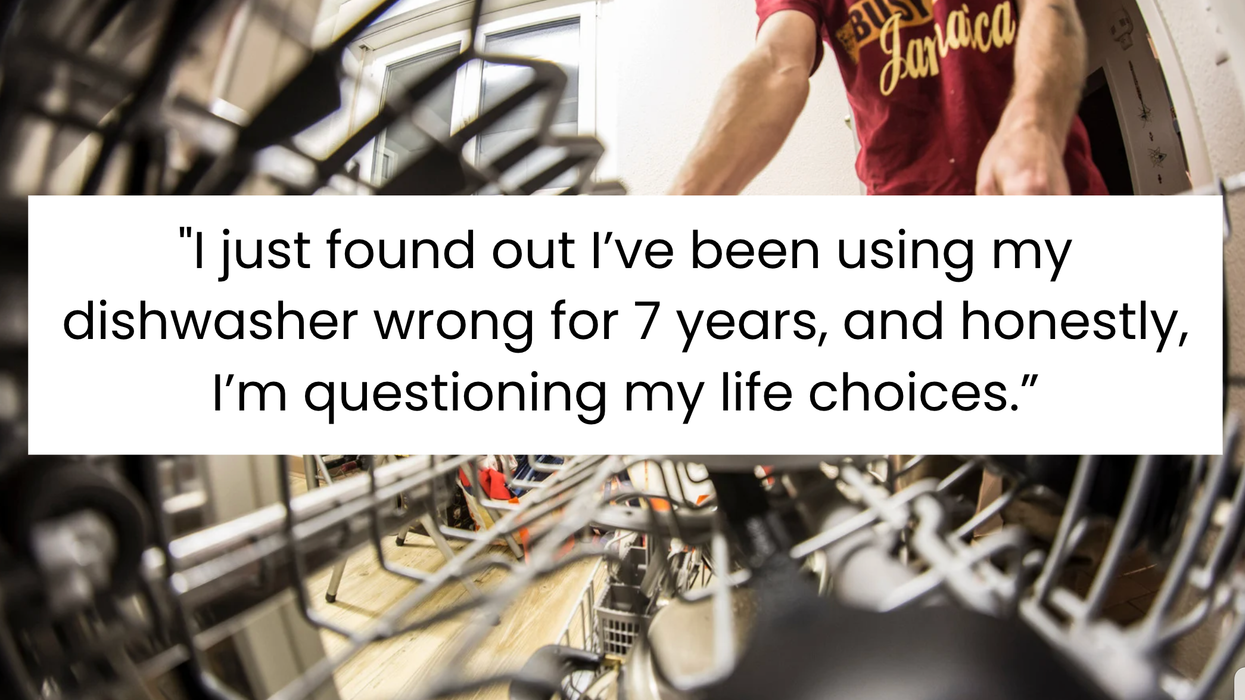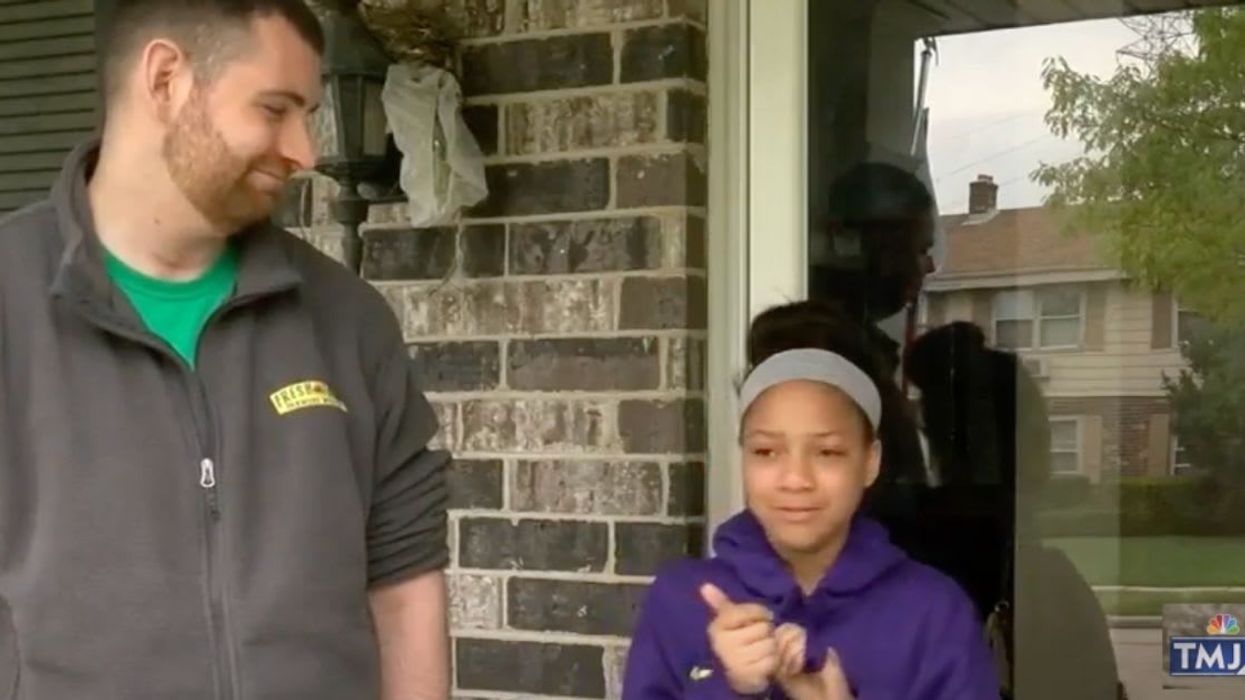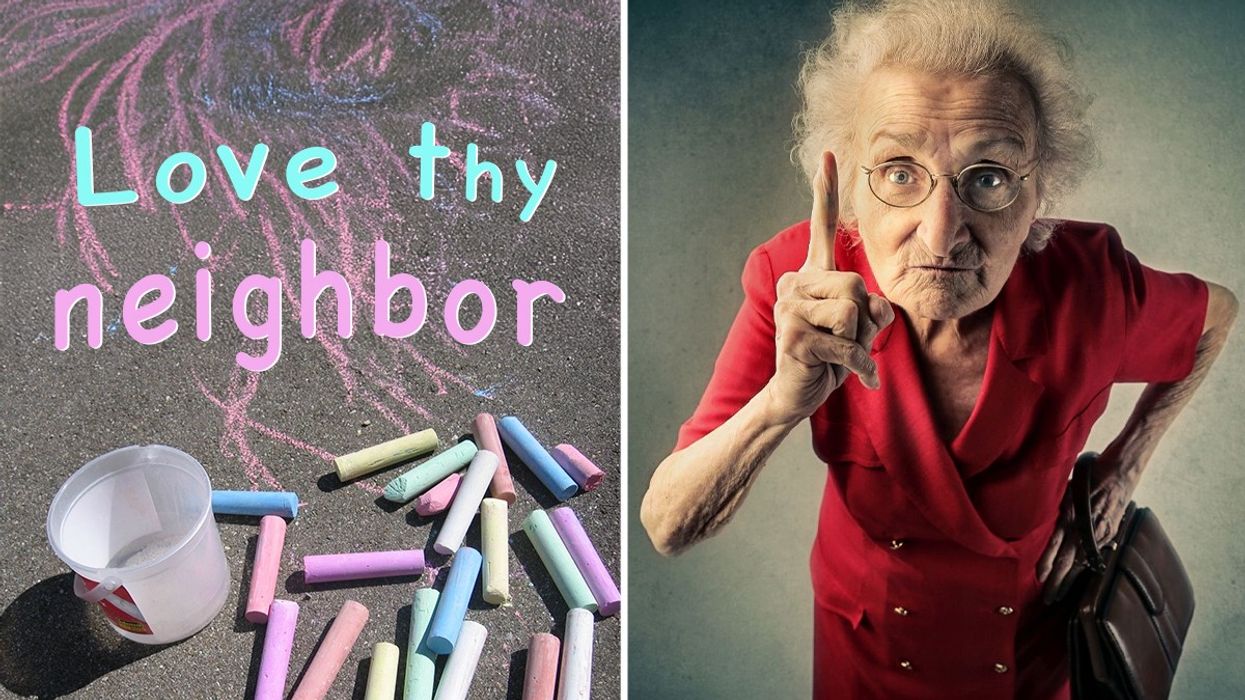America's education system is under fire from presidential candidates, local elected officials, even your child's teacher. SAT scores, STEM education, high school graduation rates, and classroom size are just a few of the debates Americans are latching onto. Everyone's bottom line sounds the same: "the system" has to be fixed to make American students competitive.
The discussion we don't hear often enough, however, is around education equality. This isn't an issue that was solved in 1954 with Brown v. Board of Education or at the end of the 1980's when Boston's busing crisis ended. American students have access to education, but not access to equal education. Zip codes have more say over whether your child becomes a neurosurgeon or a dropout statistic than any amount of reform.
Students born into a zip code with greater resources, better teachers, and updated facilities have better access to education than their peers in neighboring towns, many of whom are less than a block away. If access to equal education is limited by zip code, how can we tackle larger issues like college readiness, graduation rates and testing scores? When we refuse to level the playing field, high-performing schools with abundant resources are poised to trump districts that historically lack resources.
While there is no silver bullet, technology can make a huge difference in providing equal access to education. By harnessing the power of the Internet, leveraging game mechanics, and designing for "digital natives," technology can help us transcend traditional barriers.
As classroom sizes grow, there's more of a demand on teachers, and students' individual needs are, understandably, not being met as well. How can one teacher possibly know the intricacies of each student if there are too many kids in a traditional classroom? The short answer: they can't.
Recommendation technologies can help supplement traditional learning and help students succeed faster. People use recommendation engines every day when they log into Pandora, Amazon, or Netflix, which use what they know about a person's taste and inputs to suggest and deliver the most relevant songs, books, or movies possible. Applied to education, recommendation engines can pinpoint exactly how students learn best, and what keeps them engaged, all in real time. For example, if a student learns best visually, a recommendation engine will serve up videos or content tailored to visual learners. The idea is to set the student up for success, no matter where they live, what classroom they’re in, or what school they attend.
Learning an advanced subject can be a moment of academic truth for even the smartest of students. When these inevitable speed bumps occur, students either lean on free resources at school or, if able, seek out supplemental help like a tutor. The option for one-on-one assistance, though, is usually out of the question for many families, as most can't foot the bill for other students to come help their child (about $20/hour), let alone a private, professional tutor (about $100/hour).
Technology removes this barrier, by providing access to one-on-one help at a lower cost. Students intuitively Google their homework, which is free, but not always specifically tailored to a student’s exact needs. Online sources can solve individual issues without hefty price tags. The trend of Massively Open Online Courses and free or low-cost tutoring are bringing America’s best educators to your living room with the click of a mouse.
We've all been told our jobs will be taken over by robots—the Singularity is near!—someday. But that’s not how technology fits into education. The role of teachers—support networks that push students through their academic careers—is too important to replace. A 2011 study by three economists [PDF] shows good teachers have a lasting impact on students well after they graduate. Think about your favorite teacher: their positive impact probably helped to push you forward in both academics and career. Technology’s role is to amplify great teaching, reinforcing and encouraging progress.
Technology doesn’t care what zip code you live in, and removes the barriers to educational resources that existed in the past. Students who are growing up on Facebook, Twitter and Instagram, intuitively understand how technology works, and are willing to embrace it to enhance all aspects of their lives, from socializing to education. Right now, school is just a game that the students with the best resources win. With uber-personalized online learning, any student can be successful, no matter where they were born.
Two students in class at computer keyboard photo via Shutterstock















 Otis knew before they did.
Otis knew before they did.
A student’s brilliant homework answer outsmarted her teacher's ridiculously sexist question